While Bitcoin’s price movements are the subject of discussion, forecasts based on the 4-year cycle have been getting very popular lately. According to this cycle, Bitcoin price registers a similar growth every 4 years. In the rest of the article, according to historical data, “What trend is waiting for the BTC market?” Let’s answer.
Bitcoin halving a decisive catalyst?
One of the most intriguing aspects of Bitcoin’s behavior is the “halving”. A halving or halving is a predetermined event in which the number of new BTC generated and distributed by the network is halved.
Currently, around 900 Bitcoins are produced per day. In the next halving, which is scheduled for the end of Q1 or the beginning of Q2 next year, this figure will drop to 450. Previous halving cycles in 2012, 2016 and 2020 marked important turning points in Bitcoin. As a result, the halving affects the price of Bitcoin due to a simple supply-demand principle.
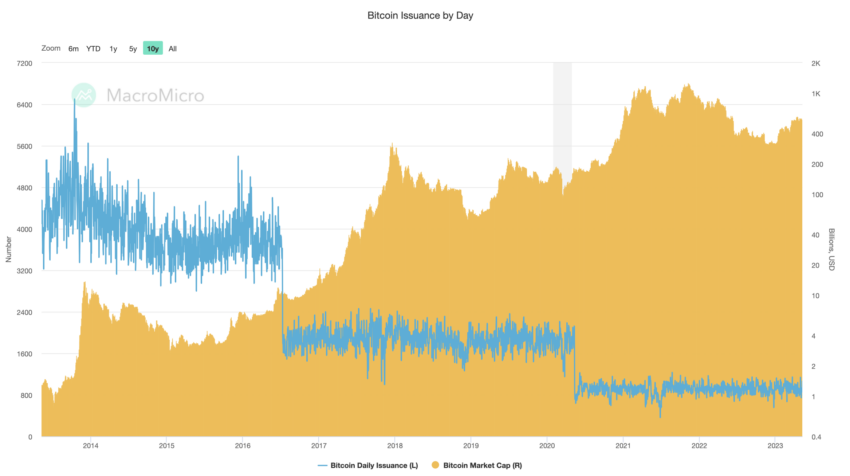
When the halving occurs, even if the demand for Bitcoin remains stable, the decrease in supply can create an imbalance and push prices upwards. This price momentum triggered a multi-year bull market in Bitcoin. The initial impulse from the halving diminishes as the cycle progresses, but the momentum continues, pushing the market forward.
Fluctuation effect: Liquidity distribution
As the bull market matures, liquidity is spreading from Bitcoin to other cryptos like Ethereum and eventually to riskier, long-term assets. This distribution continues until the inflow of new funds into the crypto market is unable to sustain an increasing number of assets driven by correlation with major cryptocurrencies and new projects being created.
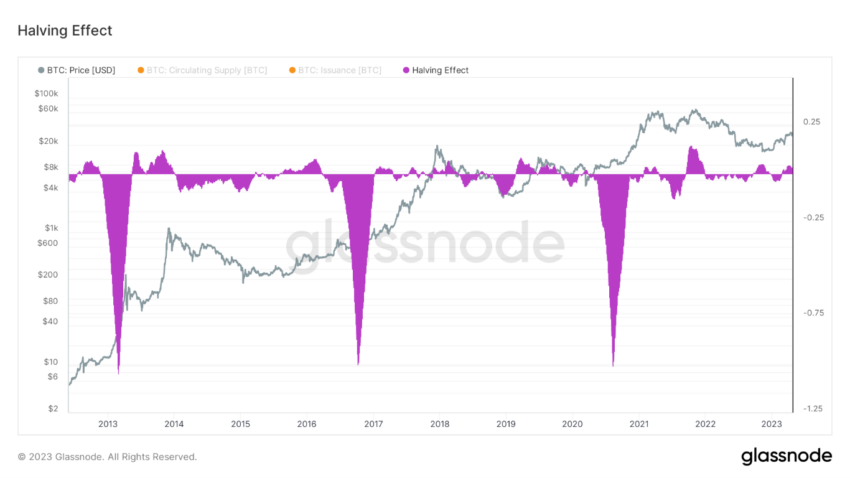
When this unsustainable point is reached, the market collapses, reversing the liquidity distribution. Funds flowing back from long-tail assets to Bitcoin and Ethereum provide a reset point for the liquidity cycle.
This liquidity flow pattern is not unique to the crypto market but is characteristic of traditional financial markets.
Investment factor: Behavioral dynamics and psychology
Beyond halving and liquidity cycles, another vital factor shaping Bitcoin’s market behavior is the psychological dynamics of market participants. To better understand this, it is necessary to investigate Bitcoin’s on-chain data.
The price of Bitcoin and the profitability of active network participants significantly affect market dynamics. In reality, market participants who make significant unrealized profits are more likely to sell during downturns because they fear losing those gains.
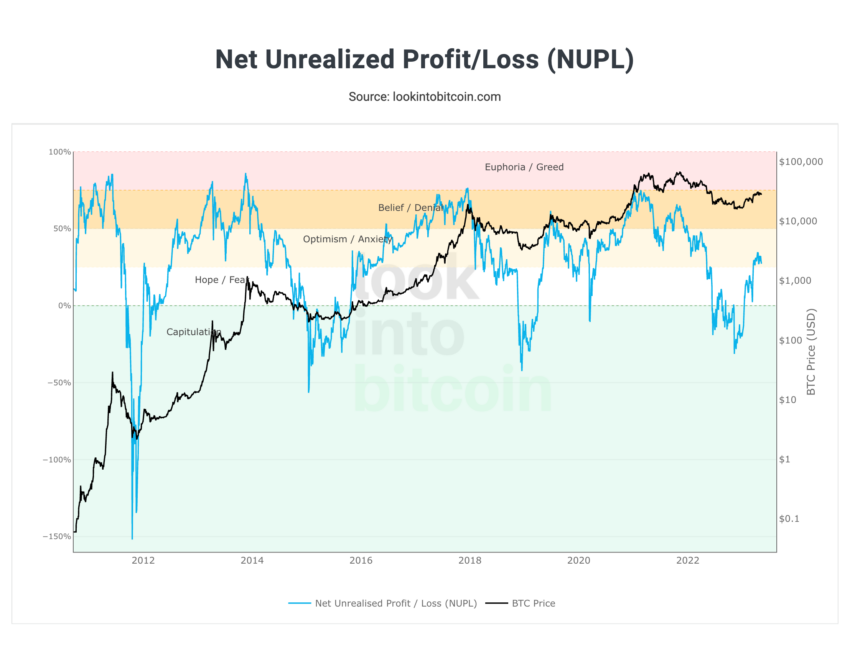
Also, investors entering the market after a significant price increase are often less experienced or less convinced of its long-term value. These factors result in a more volatile conservative bottom than the stable bottom seen in bear market bottoms.
Profitability and investor base: Key factors behind
When discussing profitability, one usually refers to a set of metrics categorized on a cost basis. These include the actual price, a representation for the network’s combined cost basis, and the short- and long-term actual owner actual price. These metrics help to understand the state of the market, be it unrealized losses or gains.
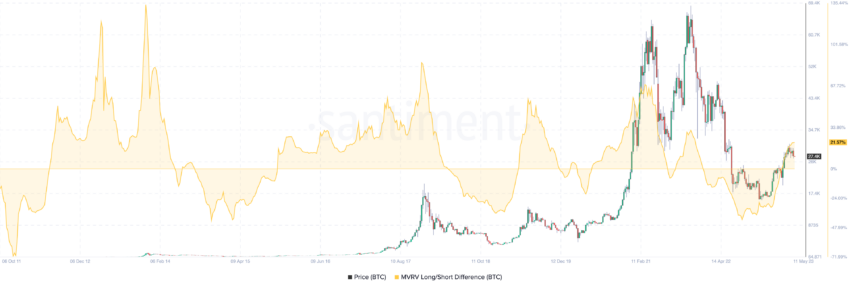
The change between market price and the consolidated cost basis can be measured using the ratio of Market Value to Realized Value (MVRV). High MVRV readings showing large amounts of unrealized profits have historically marked the apex of Bitcoin 4-year cycles.
Influence of Bitcoin miners
Historically, Bitcoin miners have significantly impacted the market by acting as pro-cycle forces. Miners accumulate Bitcoin when it is profitable in bull markets and are forced to sell in bear markets. However, the term capitalization metric shows that their impact on the market is diminishing.
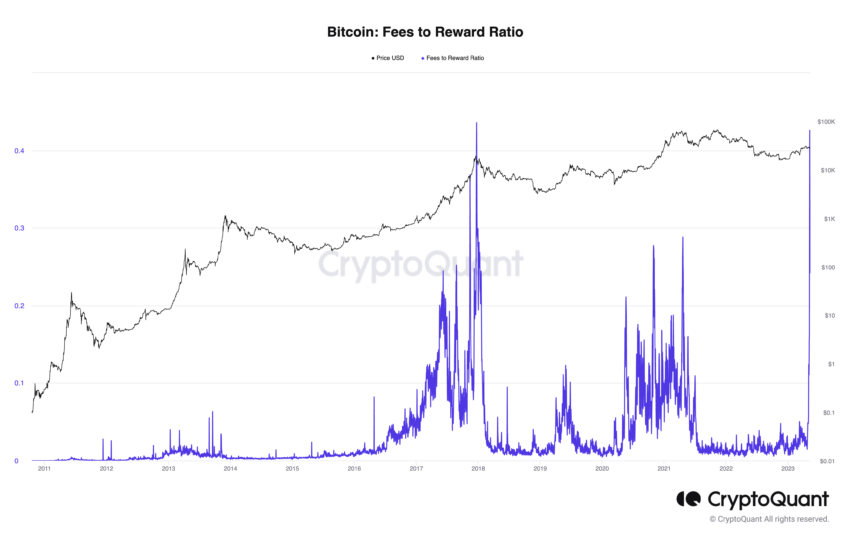
Global macro picture: A rising influence
Historically, Bitcoin has provided some isolation from global macroeconomic factors. However, it is more susceptible to these influences as it is more embraced by institutional investors.
For example, fluctuations in the strength of the US dollar, changes in monetary policy and geopolitical tensions. These now directly affect Bitcoin’s market behavior.
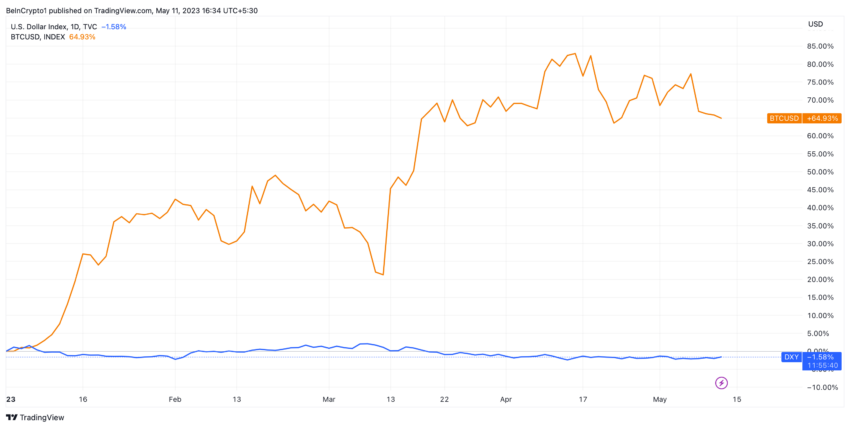
People often view Bitcoin as a safe-haven asset like gold during economic crises. Therefore, during periods of uncertainty, there is an increase in demand for Bitcoin. This has a direct effect on the price.
Arrangements
The role of regulatory factors in shaping Bitcoin’s market behavior is considerable. Also, they are often unpredictable, popping up with sudden news. Some countries are adopting Bitcoin and other cryptocurrencies. However, others have introduced strict regulations or outright bans.
Positive regulatory news could push the price of Bitcoin up, while negative news could trigger drastic declines.
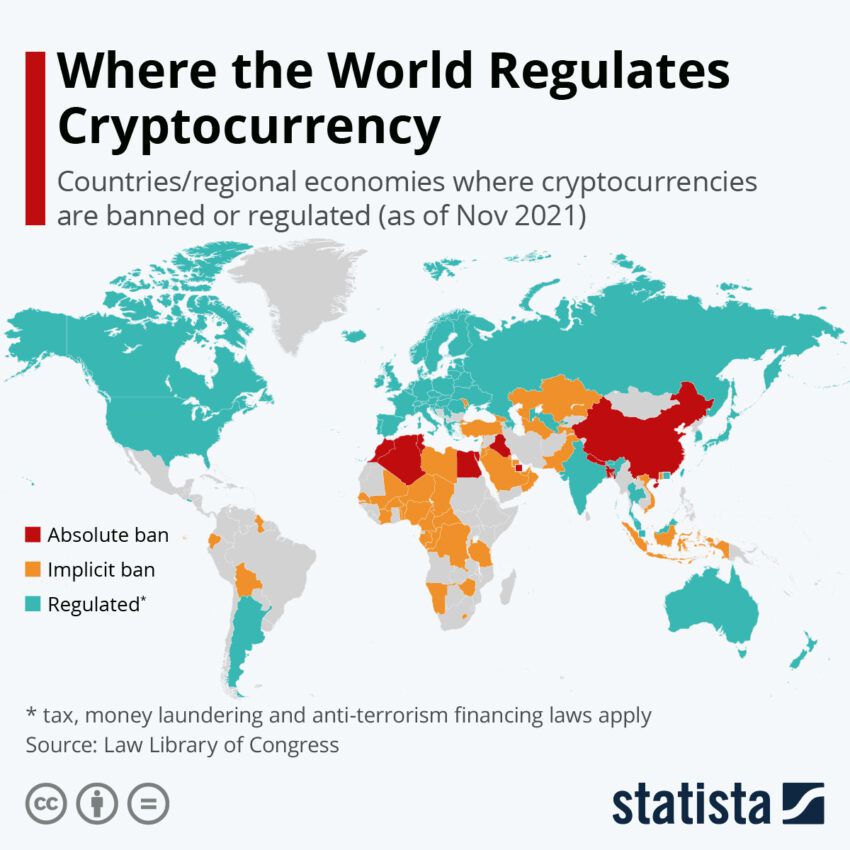
For example, countries like Japan and South Korea have accepted Bitcoin as a legal payment method. This also had a significant positive effect on the price. Conversely, when China announced a crackdown on Bitcoin mining and trading, this led to a sharp decline in the market. cryptocoin.comAs we have reported, he is after crypto money companies in the USA.
Preparing for the next Bitcoin halving
The complex interaction of factors shapes the market behavior of Bitcoin. These;
- built-in halving mechanism;
- liquidity cycles;
- psychology and behavior of market participants
- the influence of miners;
- includes global macroeconomic factors and regulatory developments.
- Understanding these factors gives investors and market participants valuable insight into Bitcoin’s potential price movements.

Due to the volatile nature of the crypto market, we should not consider factors as definitive determinants. Instead, we should use them as tools for risk management. As Bitcoin continues to evolve, the factors influencing market behavior may also change. Therefore, it is important to follow the latest developments.








